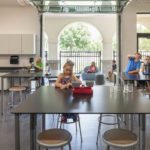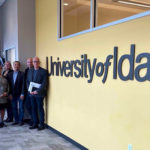Tapping into the Geology of the Earth to Design a Cultural Icon for Montana
Designing a building to represent and reflect the cultural heritage of all who live in a place can be a daunting task. In Montana, if you ask residents what they value most, regardless of background, a common answer you’ll hear is “the land.” This is where our team drew inspiration for the new Montana Heritage Center in Helena.
Defining a new direction
A project more than 10 years in the making, the original design concept for the Montana Heritage Center envisioned two separate buildings — the historic structure and a new one to be constructed across 6th Avenue to the north. With the Montana legislature’s approval of the funding formula, our team had the opportunity to bring a fresh perspective to the design. They looked at ways to improve the user experience through wayfinding, safety, and security, and to create a holistic space to enhance the Capitol Campus.
The new design brings the structures together, melding old and new with the closure of a short section of 6th Avenue and the creation of a central plaza and pass-through lobby, which will serve as a unified entry. The plaza and lobby will draw people in from the surrounding amenities. Pedestrians will be able to experience the trail systems, stop for a gift, or grab a bite to eat and relax at the café. A place for exploration, galleries with paid exhibits will invite deeper discovery within.
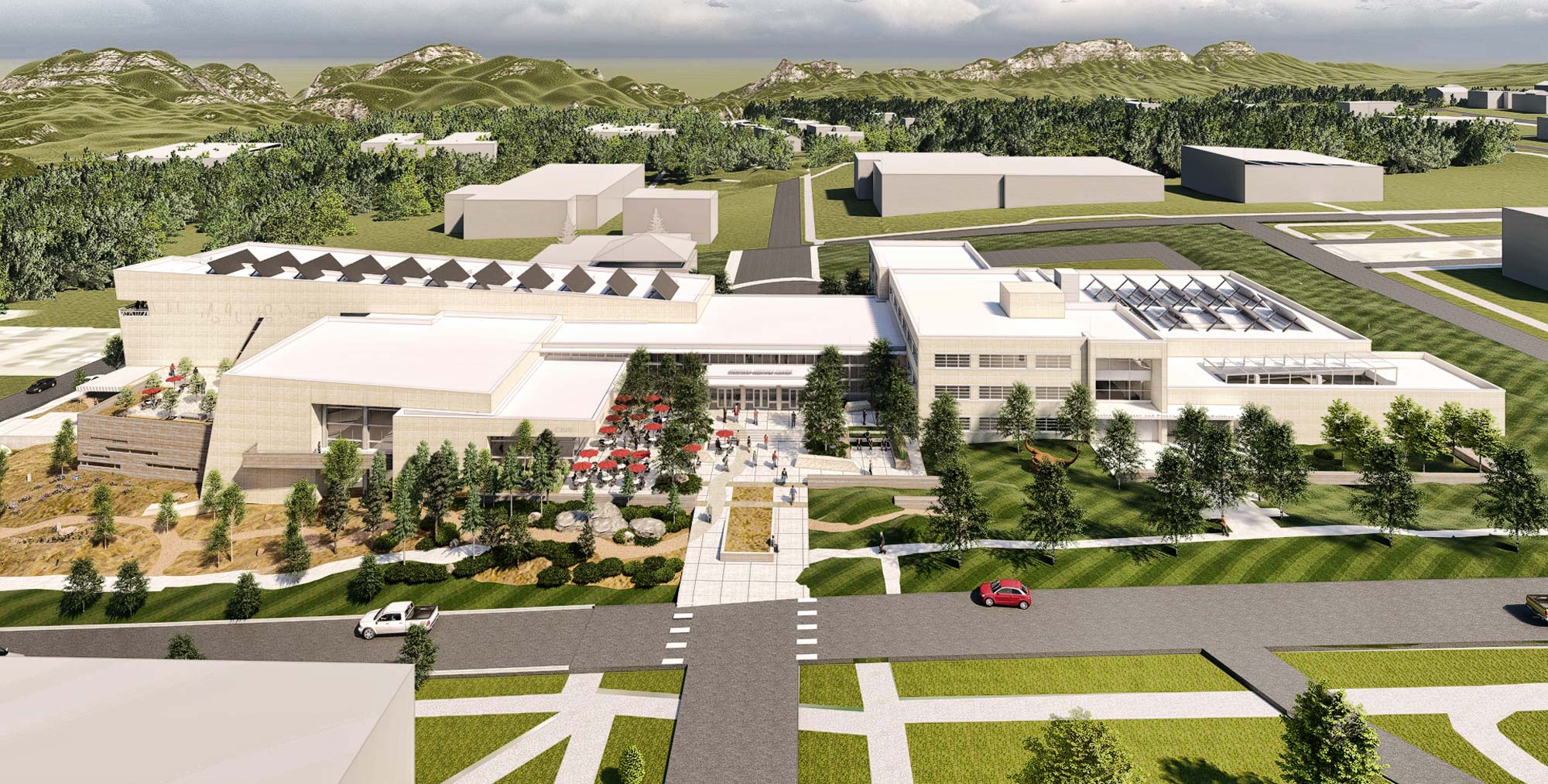
The pass-through lobby will physically bring the two buildings together while the choice of materials and aesthetics will visually connect them. The new building will be constructed of the same sandstone material as the historic structure, which will be lightly touched with glass and metal elements to provide continuity while ensuring the historic form and materials remain prominent.
We are thrilled to be moving forward with this project, which will benefit all Montanans. We are eagerly anticipating being able to share more of Montana’s treasures in the additional space that’s being created.
Bruce Whittenberg, Director
Montana Historical Society
Culture as landscape
Using Montana’s geology and the formation of the Earth over billions of years, the design team wanted to tell the story of the landscape and the passage of time with the shell of the building and its surrounding features.
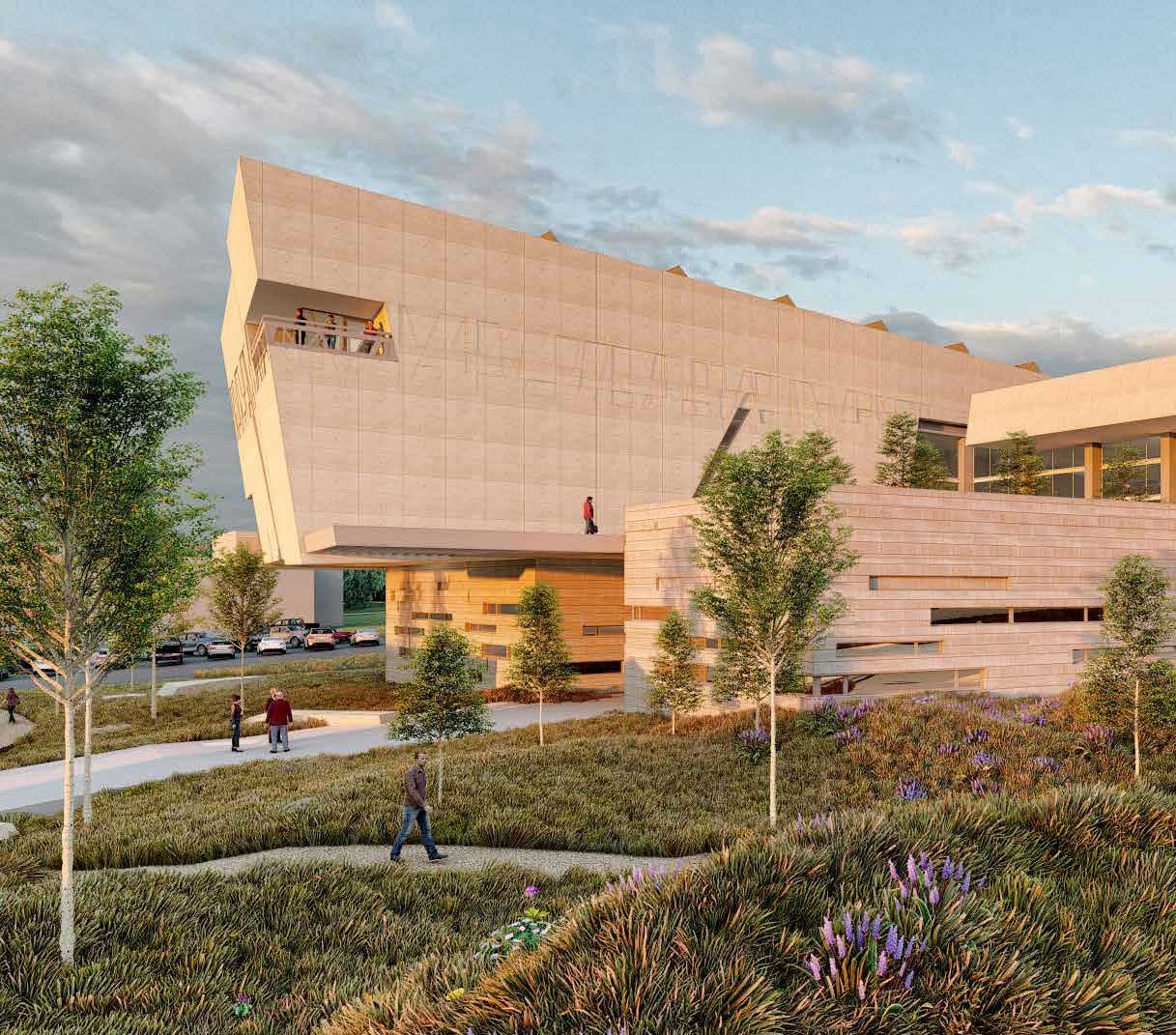
With the structures joined, historic and new, the building will appear to “grow” toward the north, becoming taller and bolder. This feature is reminiscent of the Lewis Overthrust — a collision of tectonic plates in the Rocky Mountains that drove older rock over younger — and will emphasize an overlook at the north end of the new building with views of the trail system and surrounding mountains. The entry plaza will mimic shapes in nature that provide a sense of protection and gathering, such as natural amphitheaters or cirques found in Glacier National Park.
Layers of sedimentary rock known as strata will be represented in the subtle patterned relief wrapping around the building. As the sun changes position, the pattern will become more prominent.
The sun plays an important role with shadows rippling across the landscape at different times of day, and we wanted to do something similar with the design of the building shell, using different materials to provide varying degrees of warmth and texture.
David Koel, Design Director
Cushing Terrell
The slope of the site, with the parking area lower than the entry, provides an opportunity for the landscape design to create a journey for visitors to approach the building through lower elevations reminiscent of plains and grasslands, then through foothills and forests, and up to mountains at higher elevations. This experience extends to the building where the ascent continues to the lookout area at the top of the new structure. Linking it all together is a pathway representing the rivers that flow from the mountains to the plains, providing motion and direction, an almost instinctive wayfinding.
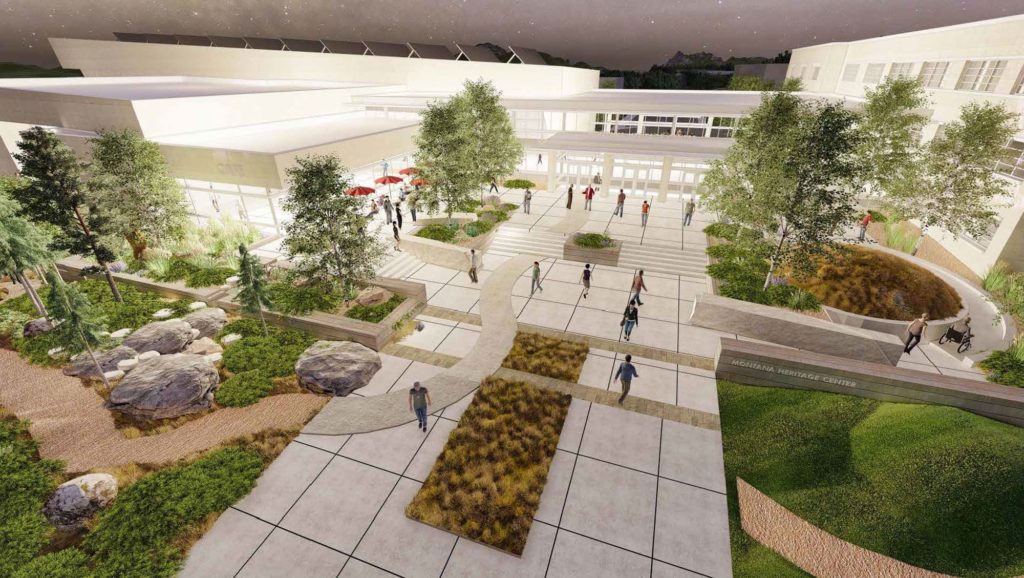
Instead of simply creating a representation of each feature, the design team wanted to convey emotion. “Maybe you’ll recognize what you see as a representation of the landscape, or perhaps you’ll just feel it as a sense of awe, humility, and openness that comes from being nature,” Koel explains.
Among the surrounding trails, the landscaping will also create interest through mounded earth inspired by the moraines left behind when the glaciers melted and receded. Stone shapes on the ground have been envisioned as rock that has calved from the building over time, just as rocks and boulders fall to the landscape from the mountains.
We hope the exterior environment provides visitors an opportunity to feel an intimate connection to the spectacular Montana landscape and the people who have lived here over the generations.
Wes Baumgartner,
Landscape Architect
Cushing Terrell
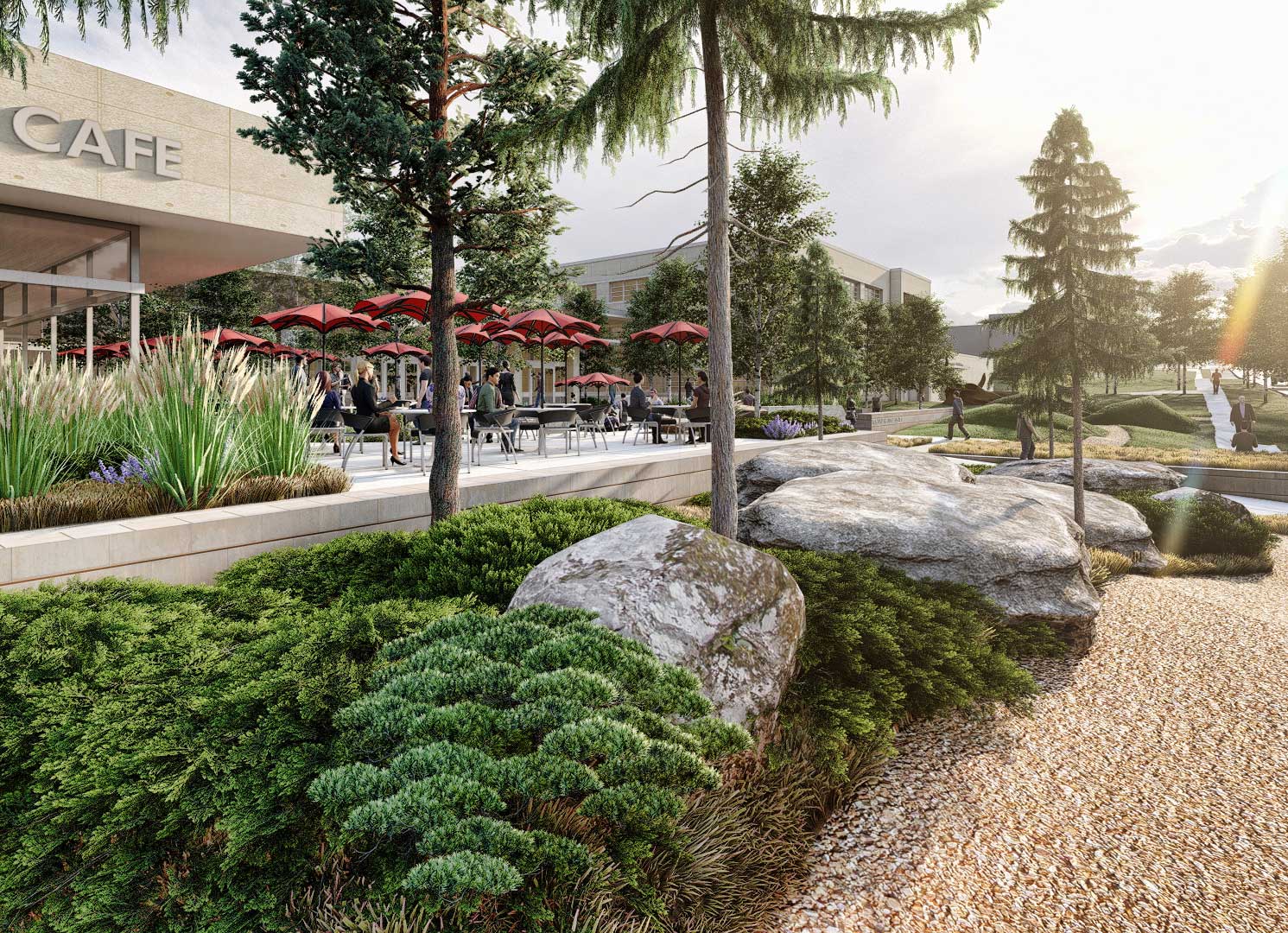
The design concept for the Montana Heritage Center is meant to convey the feeling that nature is a driving force behind why people live in the state. From the exterior, the building represents the diverse and ever-changing Montana landscape, the backdrop for the lives of its residents. From the inside, the building is a vessel that preserves and highlights the remarkable stories of Montana’s people.
With a commitment to sustainability and creating healthy spaces, the project is pursuing both USGBC LEED Gold and WELL certifications.
Project Details
Client: Montana Historical Society / State of Montana
Project cost: Approximately $52 million for the new building and exhibit space with interactive displays, as well as expanded parking on the Capitol Campus
Square footage: 66,000 sq. ft. of new space and 66,995 sq. ft. of space to be renovated
Overall project scope: Construction of exhibit displays and interpretive, restoration / archival, and dual-purpose space; upgrades to the existing 1952 Veterans and Pioneers Memorial Building, which will continue to house operational programs, with an enhanced research center and display areas, and better climate control for archive storage spaces
Project partners: Sletten Construction and Main Street Design
Cushing Terrell services: Architecture, engineering, landscape architecture, planning, stakeholder engagement, and public outreach

